Beth Stevens
Assistant Professor, Harvard University
From this contributor
Questions for McCarroll, Stevens: How immune cells sculpt brains
Genetic variants that impair a pathway that prunes neuronal connections may offer clues to autism.
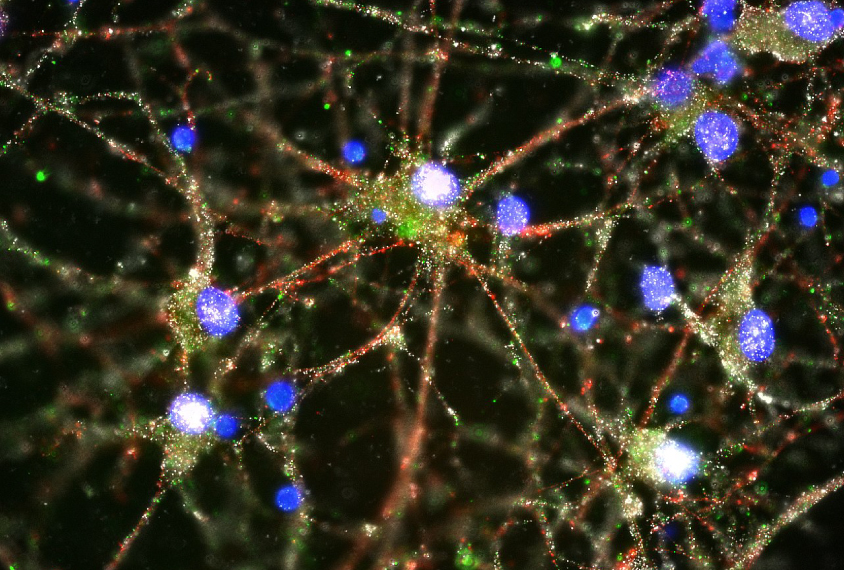
Questions for McCarroll, Stevens: How immune cells sculpt brains
Brain’s immune cells show intriguing links to autism
Emerging evidence indicates that microglia, the brain’s immune cells, are altered in some individuals with autism, raising questions about their role in brain development, says Beth Stevens.
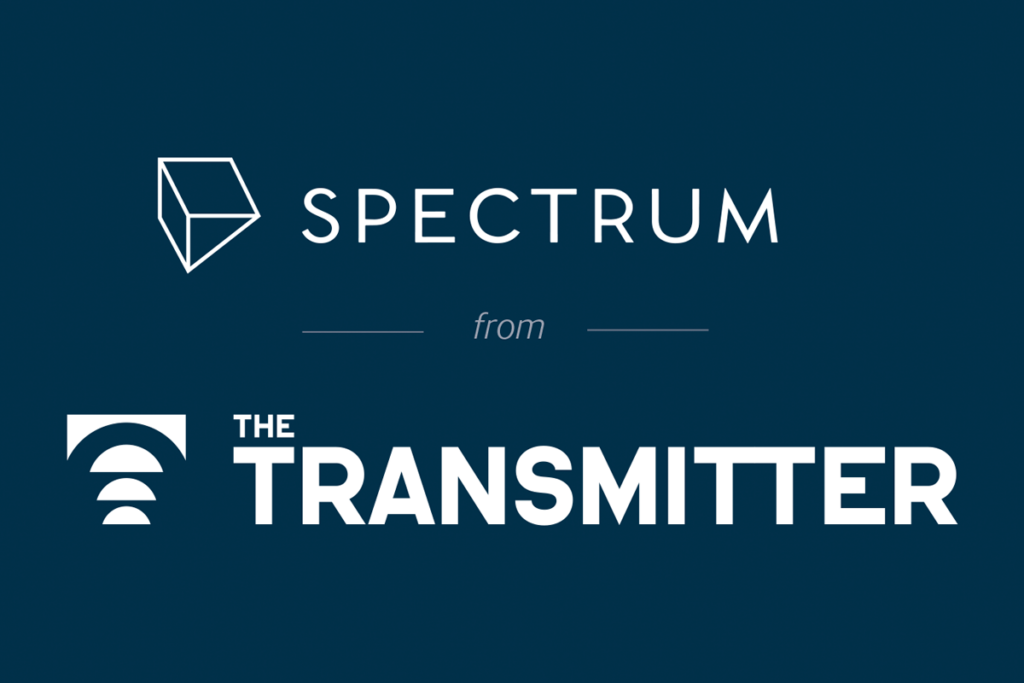
Brain’s immune cells show intriguing links to autism
Explore more from The Transmitter
During decision-making, brain shows multiple distinct subtypes of activity
Person-to-person variability in brain activity might represent meaningful differences in cognitive processes, rather than random noise.
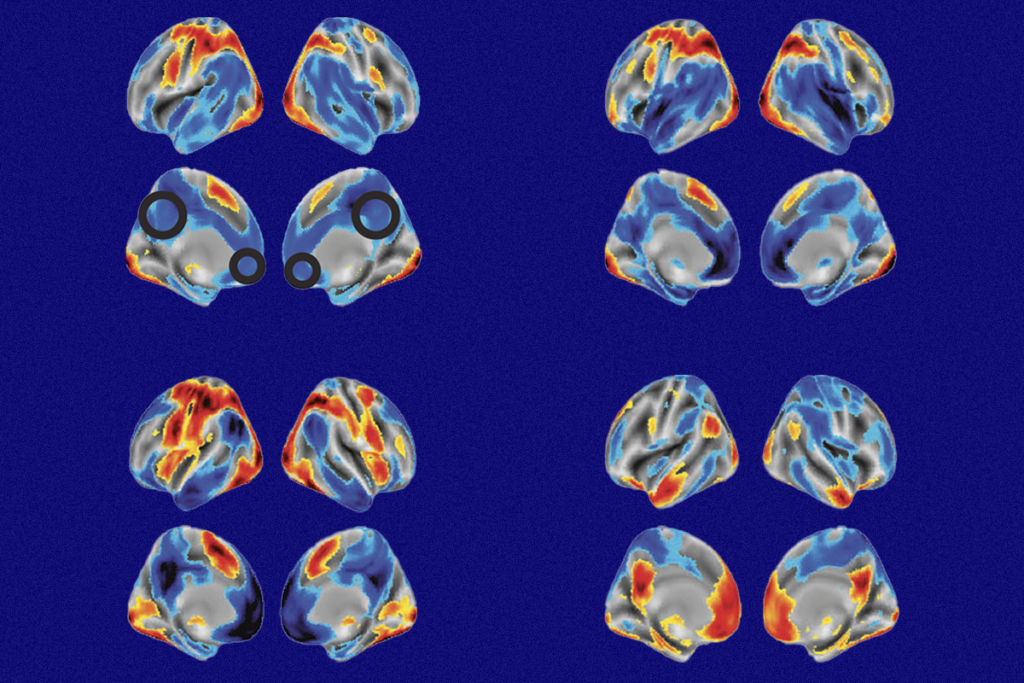
During decision-making, brain shows multiple distinct subtypes of activity
Person-to-person variability in brain activity might represent meaningful differences in cognitive processes, rather than random noise.
Basic pain research ‘is not working’: Q&A with Steven Prescott and Stéphanie Ratté
Prescott and Ratté critique the clinical relevance of preclinical studies in the field and highlight areas for improvement.
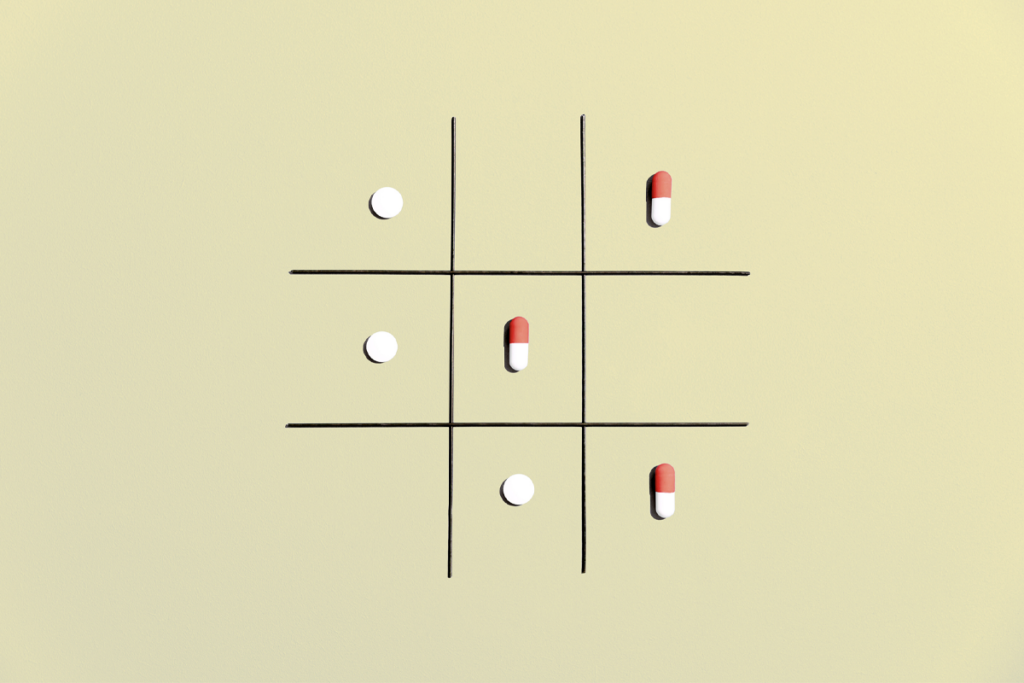
Basic pain research ‘is not working’: Q&A with Steven Prescott and Stéphanie Ratté
Prescott and Ratté critique the clinical relevance of preclinical studies in the field and highlight areas for improvement.
Proposed NIH budget cut threatens ‘massive destruction of American science’
A leaked draft of a Trump administration proposal includes an approximately 40 percent cut to the National Institutes of Health’s budget and a major reorganization of its 27 institutes and centers.
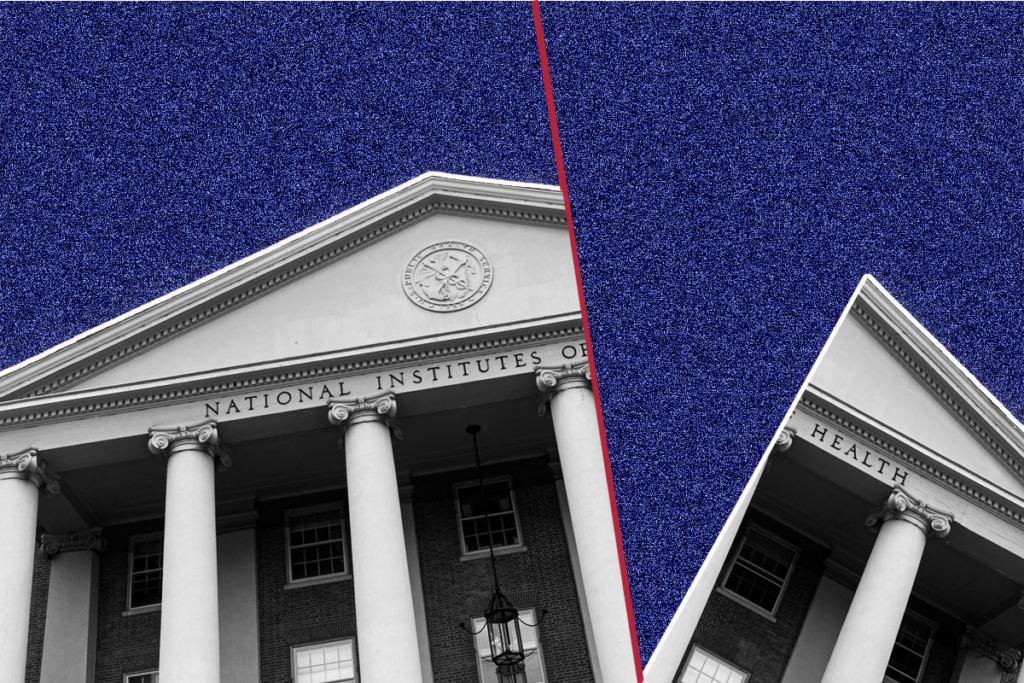
Proposed NIH budget cut threatens ‘massive destruction of American science’
A leaked draft of a Trump administration proposal includes an approximately 40 percent cut to the National Institutes of Health’s budget and a major reorganization of its 27 institutes and centers.